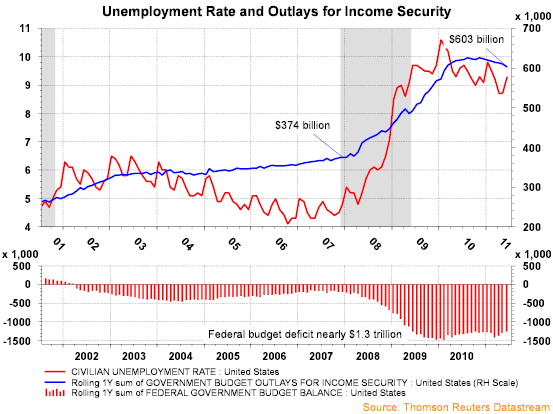Stock buybacks and dividend increases for companies in the S&P 500 Index have certainly been on the mend since the end of the financial crisis in 2009. For the first quarter, and on a year over year basis, dividends are 13.7% higher, buybacks are 62.7% higher and buybacks plus dividends are higher by 39.6%.
In addition to the improvement in buyback and dividend payments, company cash balances now exceed a record $1 trillion, a 14.6% increase versus Q1 2010. It would certainly be positive if companies had the confidence to commit some of this cash to larger dividend increases.
Below is a table containing the top 10 S&P 500 companies ranked by per share cash balances.
Lastly, investors are encouraged to examine company 10-Qs and 10-Ks to assess the quality of corporate cash balances. An article by professors at Villinova University and Pennsylvania State University title,
What's Up With Cash Balances, notes the recent poor quality of cash balances reported in financial reports. For example, in a recent 10-K for Pep Boys (
PBY), the company states:
All credit and debit card transactions that settle in less than seven days are also classified as cash and cash equivalents.
Instead of showing as cash, these transactions should be classified as receivables. The article notes other liberties taken by companies with the classification of cash assets. Certainly, corporate cash balances are higher; however, actual cash may note be as high as it seems.















